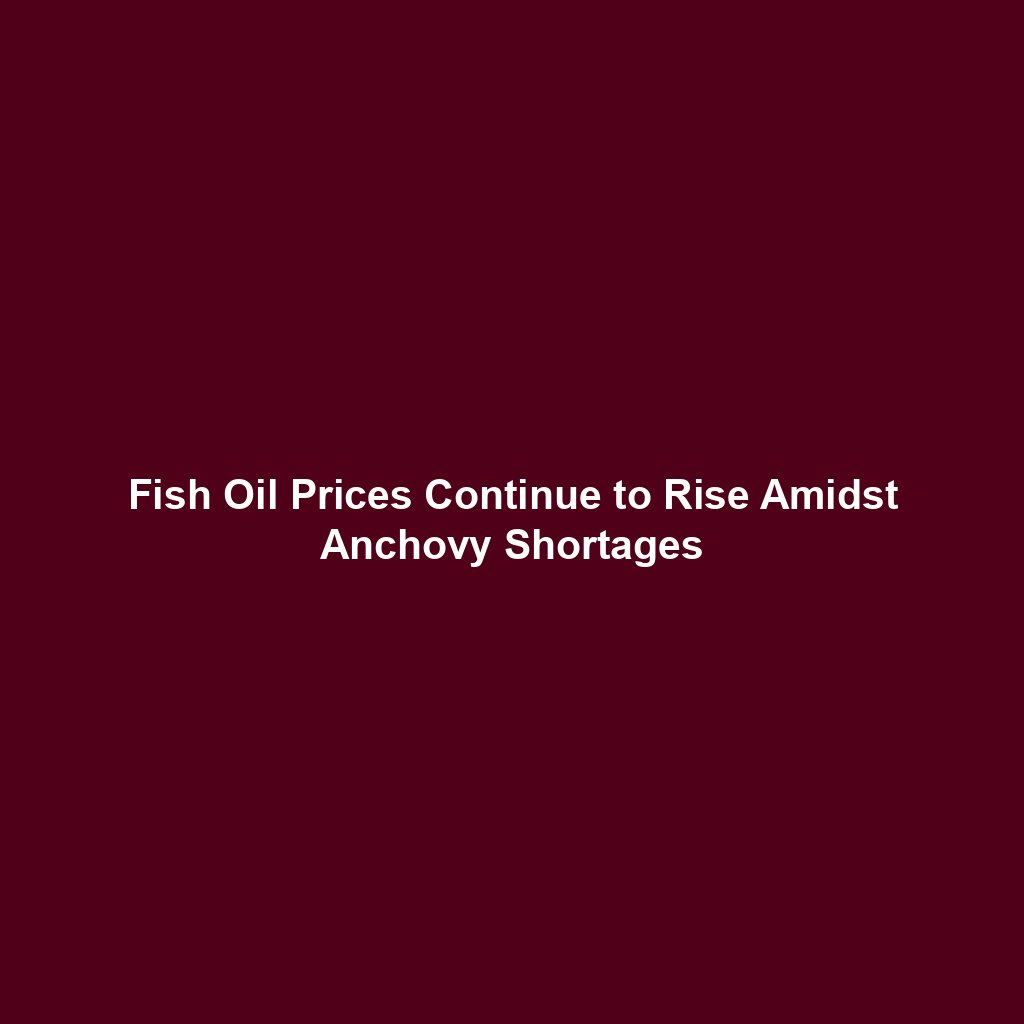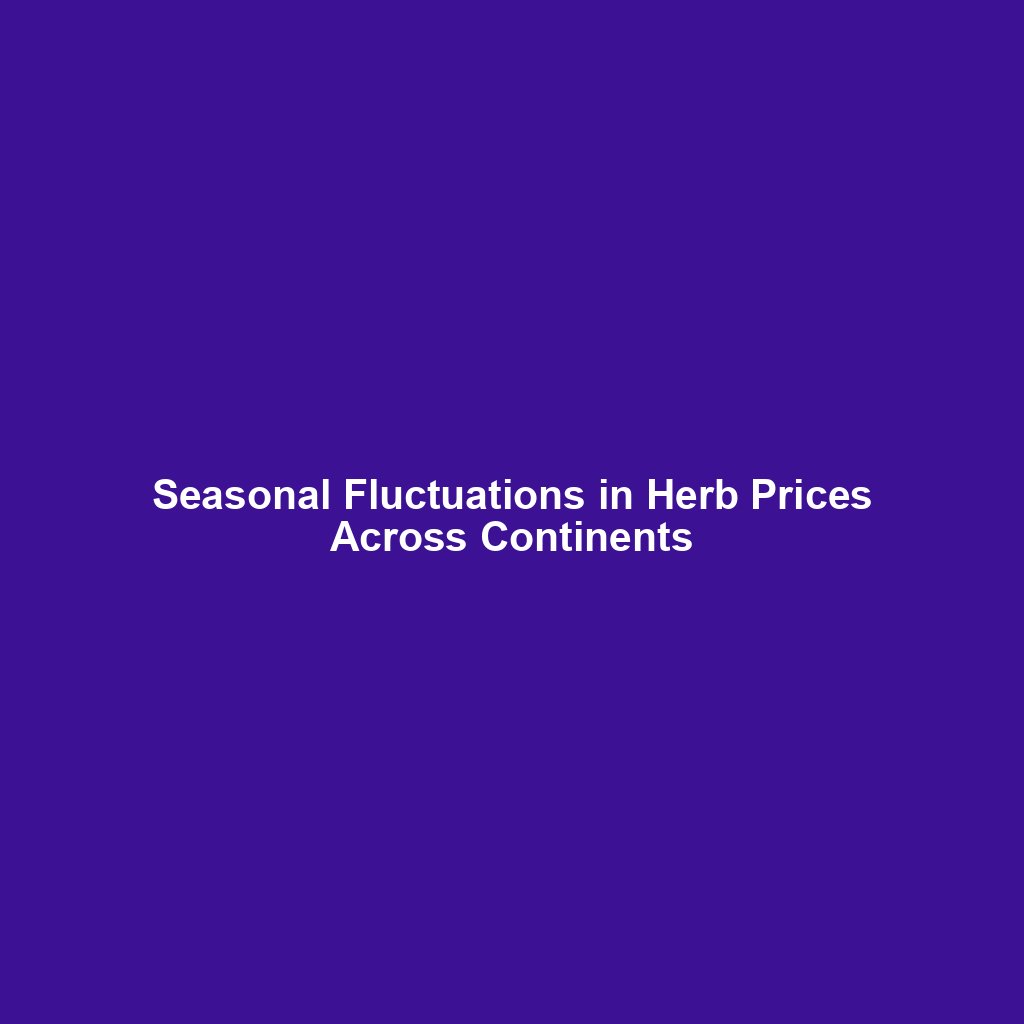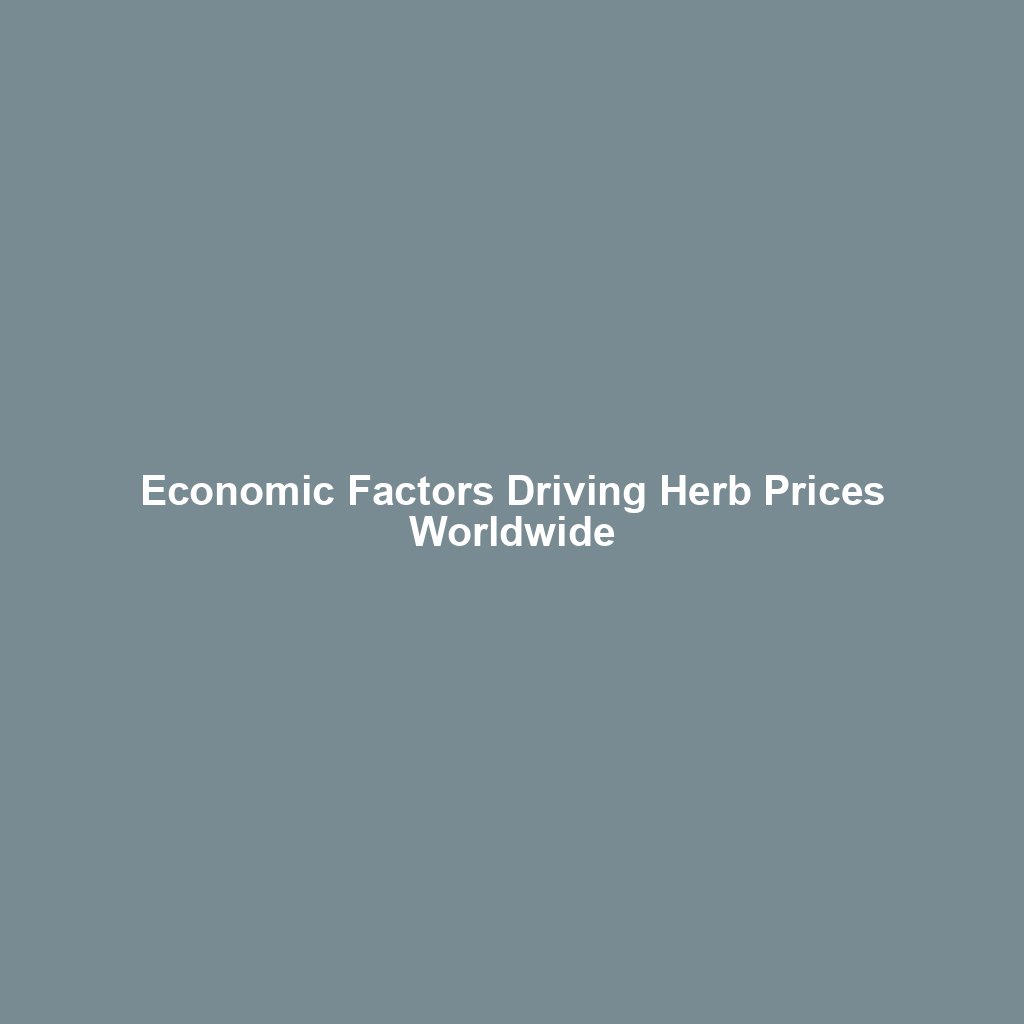
Introduction to Agriculture and Agricultural Price Analysis
Agriculture is the backbone of many economies around the world, providing food, raw materials, and employment to a significant portion of the global population. The sector encompasses a wide range of activities, from crop cultivation and livestock farming to aquaculture and forestry. Understanding the dynamics of agricultural prices is crucial for stakeholders, including farmers, traders, policymakers, and consumers. Agricultural price analysis involves examining the factors that influence the prices of agricultural commodities, such as supply and demand, weather conditions, government policies, and global market trends.
Chapter 1: The Fundamentals of Agriculture
1.1 The Importance of Agriculture
Agriculture plays a vital role in sustaining human life and supporting economic development. It provides the primary source of food for the global population, ensuring food security and nutrition. Additionally, agriculture supplies raw materials for various industries, including textiles, pharmaceuticals, and biofuels. The sector also generates employment opportunities, particularly in rural areas, and contributes to the overall economic growth of countries.
1.2 Types of Agricultural Activities
Agriculture encompasses a diverse range of activities, each with its unique characteristics and requirements. Some of the main types of agricultural activities include:
- Crop Cultivation: This involves growing crops such as grains, fruits, vegetables, and oilseeds. Crop cultivation can be further categorized into subsistence farming, commercial farming, and organic farming.
- Livestock Farming: This includes raising animals such as cattle, poultry, sheep, and pigs for meat, milk, eggs, and other products. Livestock farming can be intensive or extensive, depending on the scale and methods used.
- Aquaculture: This refers to the farming of aquatic organisms, including fish, shellfish, and seaweed. Aquaculture is an important source of protein and plays a significant role in global food security.
- Forestry: This involves the management and cultivation of forests for timber, paper, and other forest products. Sustainable forestry practices are essential for maintaining biodiversity and mitigating climate change.
1.3 Factors Influencing Agricultural Production
Several factors influence agricultural production, including:
- Climate and Weather: Weather conditions, such as temperature, rainfall, and humidity, have a direct impact on crop growth and livestock health. Extreme weather events, such as droughts, floods, and storms, can cause significant damage to agricultural production.
- Soil Quality: The fertility and composition of soil affect the growth and yield of crops. Soil management practices, such as crop rotation, fertilization, and irrigation, are essential for maintaining soil health.
- Technology and Innovation: Advances in agricultural technology, such as precision farming, genetically modified crops, and automated machinery, have improved productivity and efficiency in the sector.
- Government Policies: Policies related to subsidies, tariffs, trade agreements, and environmental regulations can influence agricultural production and market dynamics.
- Market Access: Access to local and international markets is crucial for farmers to sell their produce and earn a livelihood. Infrastructure, transportation, and market information systems play a key role in facilitating market access.
Chapter 2: Agricultural Price Analysis
2.1 Understanding Agricultural Prices
Agricultural prices refer to the market value of agricultural commodities, such as grains, fruits, vegetables, livestock, and fish. These prices are determined by the interaction of supply and demand in the market. Agricultural price analysis involves examining the factors that influence these prices and understanding the trends and patterns in the market.
2.2 Factors Affecting Agricultural Prices
Several factors can influence agricultural prices, including:
- Supply and Demand: The basic economic principle of supply and demand plays a crucial role in determining agricultural prices. When the supply of a commodity exceeds demand, prices tend to fall, and when demand exceeds supply, prices tend to rise.
- Weather Conditions: Weather events, such as droughts, floods, and storms, can affect agricultural production and supply, leading to price fluctuations. For example, a drought can reduce crop yields, leading to higher prices for the affected commodities.
- Input Costs: The cost of inputs, such as seeds, fertilizers, pesticides, and labor, can influence agricultural prices. Higher input costs can lead to higher production costs, which may be passed on to consumers in the form of higher prices.
- Government Policies: Policies related to subsidies, tariffs, trade agreements, and environmental regulations can impact agricultural prices. For example, subsidies for certain crops can lead to increased production and lower prices, while tariffs on imported goods can lead to higher prices for consumers.
- Global Market Trends: Global market trends, such as changes in international trade, currency exchange rates, and geopolitical events, can influence agricultural prices. For example, a trade dispute between major exporting and importing countries can disrupt supply chains and lead to price volatility.
2.3 Methods of Agricultural Price Analysis
Several methods can be used to analyze agricultural prices, including:
- Time Series Analysis: This method involves examining historical price data to identify trends, patterns, and seasonal variations. Time series analysis can help predict future price movements based on past behavior.
- Econometric Models: Econometric models use statistical techniques to analyze the relationship between agricultural prices and various factors, such as supply, demand, input costs, and government policies. These models can help identify the key drivers of price changes and quantify their impact.
- Market Surveys: Market surveys involve collecting data from farmers, traders, and consumers to understand their perceptions and expectations regarding agricultural prices. Surveys can provide valuable insights into market sentiment and potential price movements.
- Scenario Analysis: Scenario analysis involves examining different hypothetical scenarios to assess their potential impact on agricultural prices. This method can help policymakers and stakeholders prepare for various contingencies and make informed decisions.
2.4 Case Study: Fish Oil Prices and Anchovy Shortages
Fish oil is a valuable commodity used in various industries, including food, pharmaceuticals, and animal feed. The price of fish oil is influenced by several factors, including the availability of raw materials, such as anchovies. Anchovies are a primary source of fish oil, and their supply can be affected by environmental conditions, fishing regulations, and market demand.
In recent years, fish oil prices have continued to rise amidst anchovy shortages. Several factors have contributed to this trend:
- Environmental Conditions: Changes in ocean temperatures and currents, driven by climate change, have affected the distribution and abundance of anchovy populations. Warmer waters can lead to reduced anchovy stocks, impacting the supply of fish oil.
- Fishing Regulations: Governments and international organizations have implemented fishing quotas and restrictions to prevent overfishing and ensure the sustainability of anchovy populations. While these measures are essential for long-term conservation, they can limit the short-term supply of anchovies and drive up fish oil prices.
- Market Demand: The demand for fish oil has been increasing due to its health benefits and applications in various industries. As consumers become more health-conscious and seek out omega-3 supplements, the demand for fish oil continues to grow, putting upward pressure on prices.
- Alternative Sources: While there are alternative sources of omega-3 fatty acids, such as flaxseed oil and algae oil, fish oil remains the preferred choice for many consumers and industries. The limited availability of alternatives can contribute to higher fish oil prices.
Analyzing the factors influencing fish oil prices and anchovy shortages can help stakeholders make informed decisions and develop strategies to address the challenges in the market. For example, investing in sustainable fishing practices, exploring alternative sources of omega-3 fatty acids, and promoting research and innovation in aquaculture can help mitigate the impact of anchovy shortages on fish oil prices.
Conclusion
Agriculture and agricultural price analysis are critical components of the global economy, affecting food security, livelihoods, and economic development. Understanding the factors that influence agricultural production and prices can help stakeholders make informed decisions and develop strategies to address challenges in the sector. By examining the dynamics of agricultural prices, such as the case of fish oil prices and anchovy shortages, we can gain valuable insights into the complexities of the market and work towards sustainable solutions for the future.



